Lindsey Stack, Associate at SYSTRA, explores the latest research into the challenges faced by LGBTQ+ people using public transport, and considers what can be done to design and operate systems that foster safety, accessibility and inclusivity.
Despite just over 3% of the UK adults identifying as lesbian, gay or bisexual, and up to an estimated half a million trans people living in the UK, little evidence on travel behaviours exists. Four years ago when myself, and my colleague at the time Richard Adams, looked into the subject, our understanding of LGBTQ+ transport users was limited to the occurrence of hate crimes and the barriers to travelling on public transport.
While this has a profound impact on LGBTQ+ transport experience, it does little to situate the practitioner in the eyes of the user and the underlying processes that impact the way they travel.
To bridge this gap, in 2021, we conducted independent research involving a literature review, survey of LGBTQ+ public transport users, and engagement with industry stakeholders. Our findings revealed the stark reality of how hate crimes and safety fears still profoundly shape how LGBTQ+ individuals use public transport.
During Pride Month 2025, I revisit our findings and ask: how can we improve LGBTQ+ safety and progress along the path to inclusive transport?
How safe do LGBTQ+ individuals feel on public transport?
In 2021, we conducted a survey which found that many LGBTQ+ individuals felt unsafe using public transport, particularly on buses, with women feeling more unsafe that others. Two years on, a London TravelWatch and Galop survey of 600 LGBTQ+ Londoners reported similar findings, which found that 43% felt uneasy or ‘on edge,’ and two-thirds constantly feared violence or harassment while on public transport. Trans individuals, Deaf and Disabled LGBTQ+ people, and ethnic minority users faced heightened anxiety, with trans respondents particularly vulnerable.
When we shift the focus to Scotland, a 2024 LGBT Youth Scotland survey found only 40% of trans respondents felt safe on public transport compared to 56% of those who are cisgender.
So, what triggers these feelings of unease for those that so often feel hyper-visible and vulnerable?
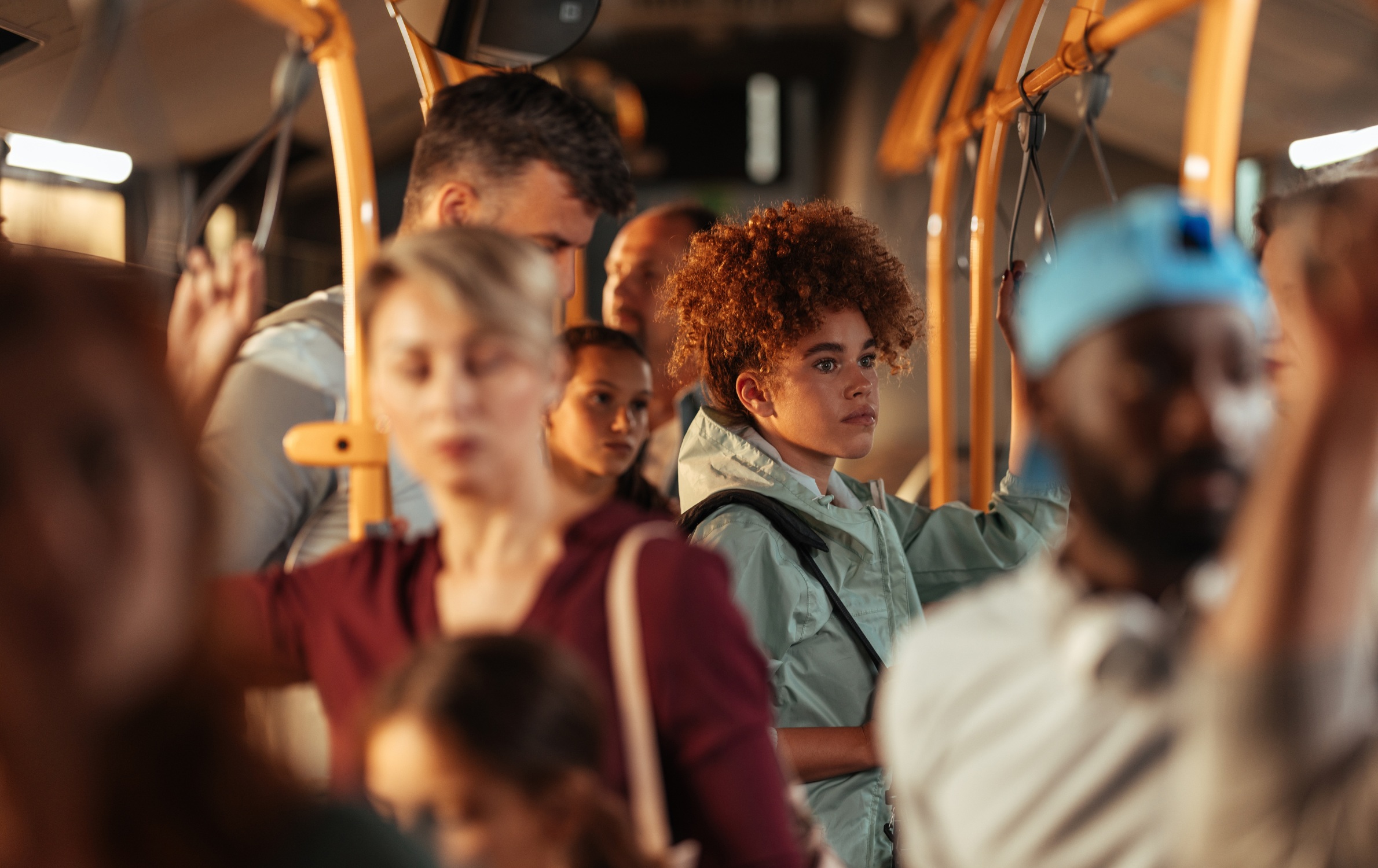
Disorderly passenger behaviour and the unpredictability of enclosed spaces, where you “can’t really get away”, are key fears. Dark subways, isolated bus stops, and poor lighting heightened unease, especially at night, prompting some to avoid travel after dark altogether. Prior abuse or hearing about attacks on other LGBTQ+ people also fuels this cycle of fear.
Our original research showed that many individuals in the LGBTQ+ community are then compelled to suppress their identity and change their behaviour in order to blend in and feel safe, such as ‘code-switching’ to appear ‘less queer’.
Should LGBTQ+ individuals currently feel safe on public transport?
The stats paint a disheartening picture of insecurity, especially for those with intersecting identities. Whilst self-selection bias in surveys may amplify negative experiences, the consistency across studies signals a much more systemic issue – safety remains a barrier.
Unfortunately, it’s not difficult to find instances of crime perpetrated against LGBTQ+ individuals on our public transport services. Our 2021 research found that 37% of respondents had faced physical or verbal attacks on public transport in the prior five years, more often than not, tied to their gender or sexuality. Official data underscores this trend, as Home Office figures show hate crimes based on sexual orientation in England and Wales rose from 15,835 to 22,839 between the years 2019 to 2024. And, whilst the number of hate crimes rose, a majority of victims also reported intense feelings of isolation as bystanders did not intervene.
It’s also important to note that whilst we see an increase in hate crimes figures, the numbers are likely much higher. Our 2021 survey revealed that most victims did not report incidents due to futility, abuse normalisation, or lack of trust in police behaviour and responsiveness. The lack of robust data on reporting outside London also limits a UK-wide perspective.
Acknowledging the tangible progress made in public transport inclusivity
But, it’s important to recognise that there are glimmers of hope. Since 2021, there have been a number of initiatives aimed at improving safety for LGBTQ+ public transport users, including the following Transport for London (TfL) initiatives:
- Together Against Hate campaign – promotes zero-tolerance for abuse and encourages active bystanders.
- Bystander training – over 1,000 Londoners are trained to intervene safely.
- OUTbound Network – TfL’s LGBTQ+ staff group informs inclusivity policies, backed by mandatory sensitivity training.
- Environmental upgrades – in 2023/24, £10m has been invested in for better lighting and CCTV at 50 stations.
In Europe, Transports Metropolitans de Barcelona launched a campaign in collaboration with the Observatory Against Homophobia. The initiative included awareness campaigns, a dedicated complaints channel, and enhanced staff training on preventing and addressing LGBTQ+ phobia.
In Berlin, the Senate Department for Justice, Diversity, and Anti-Discrimination supports LGBTQ+ individuals with an effective reporting system for homophobic and transphobic violence, including on transport.
And, the Berliner Register website tracks and publishes citizen reports of discriminatory attacks, aiding decision-makers in developing targeted anti-discrimination measures.
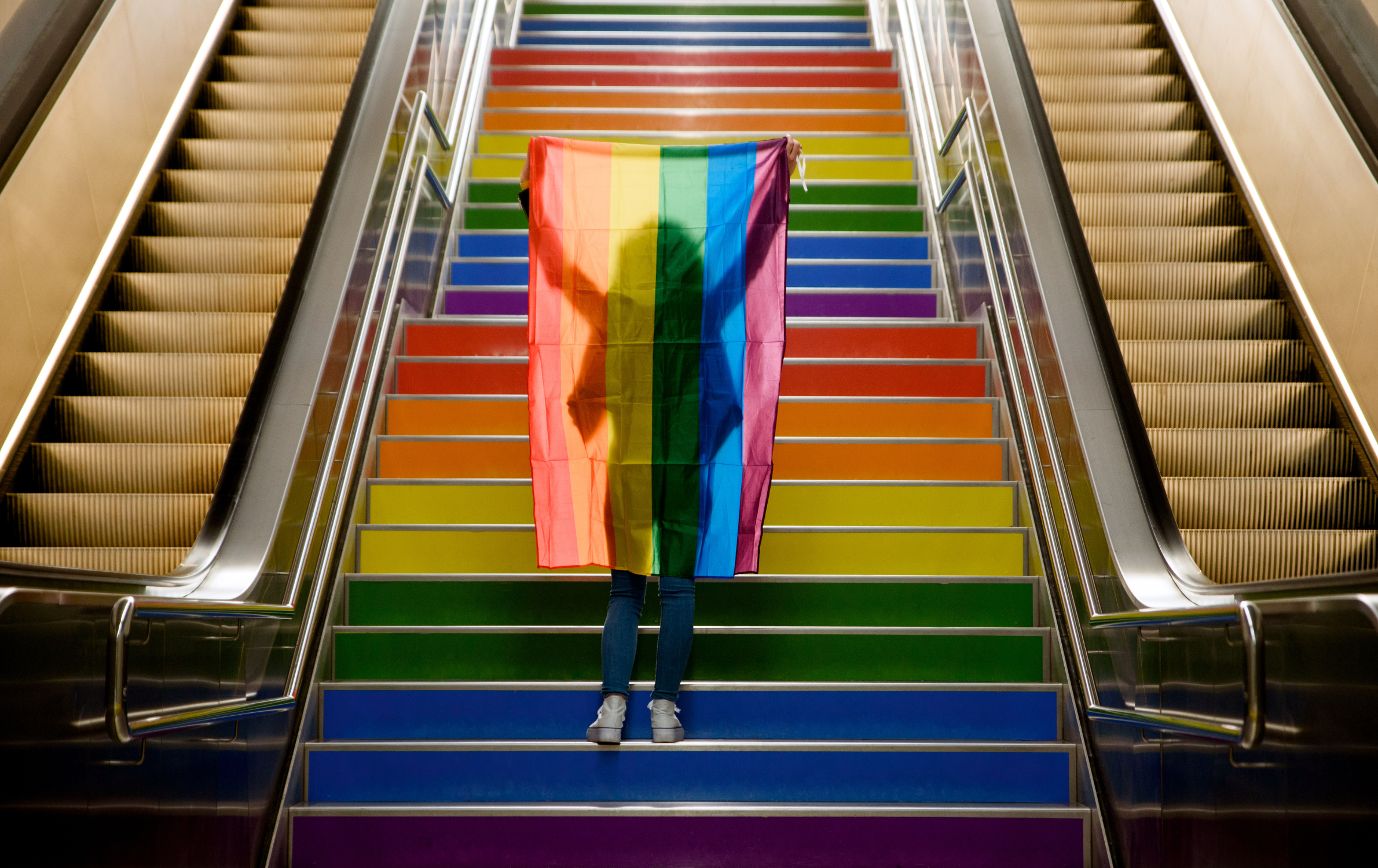
But are we doing enough? Finding a path forward
In our initial research, we found that respondents supported a number of specific actions. Better lighting, secure waiting areas, and staff training to enhance inclusivity were all highlighted.
We must note a number of challenges in progressing these actions.
Police presence elicited mixed reactions (likely due to historical tensions); rainbow-themed marketing was seen as potential ‘rainbow washing’; and a lack of reporting and the normalisation of hate crimes throw into question the reliability of our data on the LGBTQ+ public transport experience.
Moving forward, these factors must be considered.
But, if we’re being honest, have we progressed the public transport inclusivity mission enough? And what are our next steps? Revisiting this research highlights that the need for improved public transport experiences for all users is still there, and there is still lots of work to be done.
There is a crucial opportunity for public transport providers and transport planners to do better by LGBTQ+ transport users, while leading society by example through mainstreaming diversity in public transport provision.
There are enough signals that suggest a large-scale representative survey should be undertaken to provide irrefutable evidence and counter self-selection bias and include rural perspectives.
Those responsible for public transport could also think of planning mechanisms to address such issues including:
- Co-designed training – regular, LGBTQ+-led staff training to address trans-specific needs and build trust.
- Safer environments – prioritise lighting, open layouts and CCTV, especially for buses and night-time travel.
- Zero-tolerance codes – enforce passenger conduct rules, as TfL’s campaign models, with clear consequences.
- Accessible reporting – promote user-friendly, anonymous reporting apps to de-normalise ‘minor’ incidents.
Public transport truly can lead by example, mainstreaming diversity and ensuring safety for all. From allyship training to supporting LGBTQ+ staff, everyone has a role.
As we look to the future, we must commit to a transport system where no one travels in fear – a journey worth taking together.
You May Also LIKE
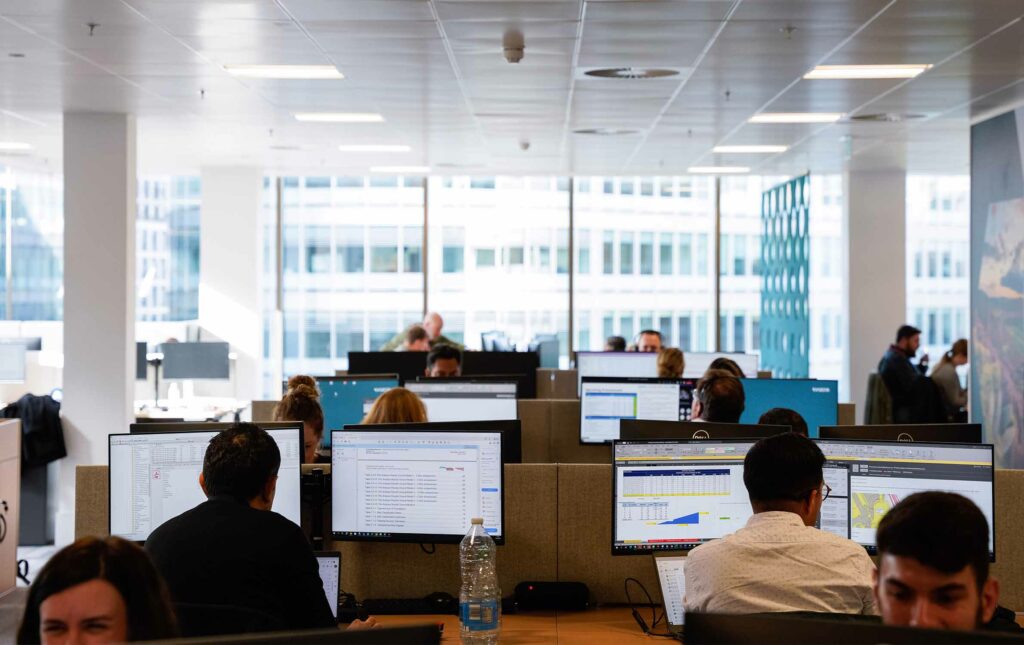
- services
Transport Planning
Read more sur Transport Planning
Equality, Inclusion & Diversity
Read more sur Equality, Inclusion & Diversity
- services
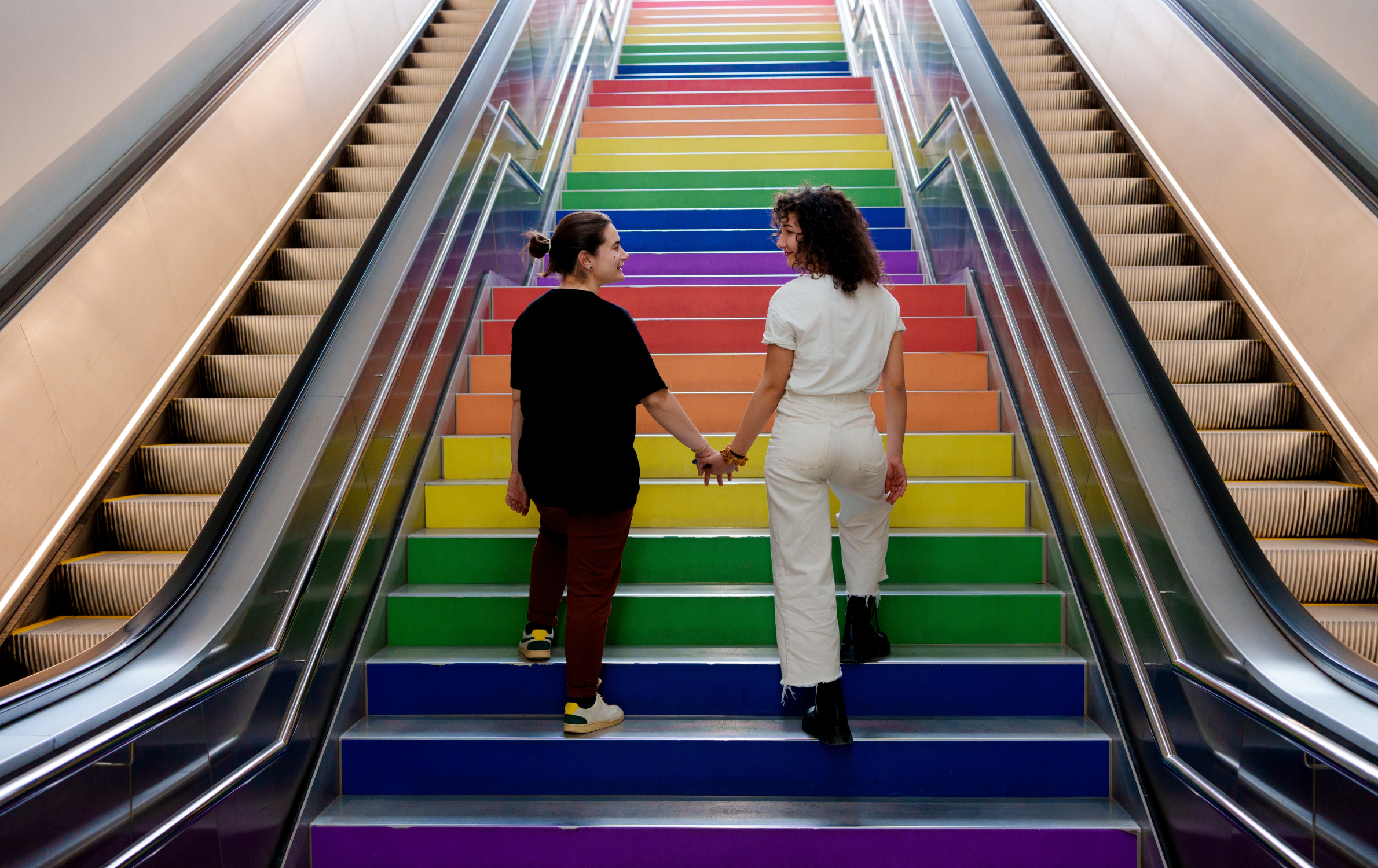
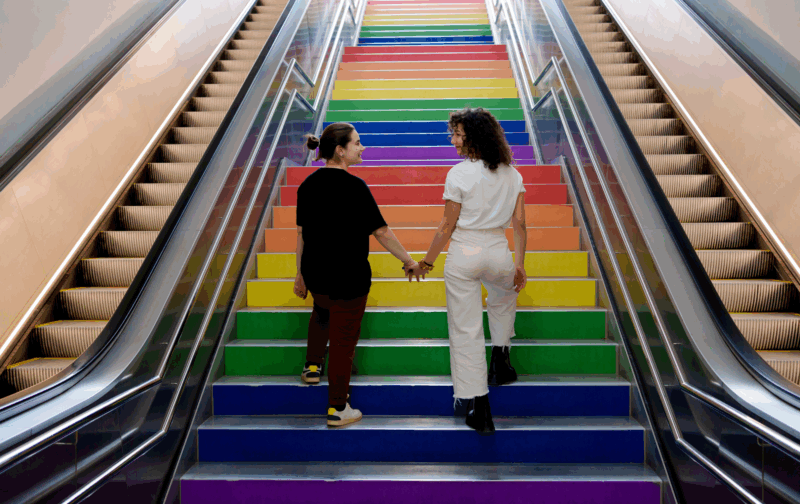
 Australia
Australia  Brazil
Brazil  Canada
Canada  Chile
Chile  China
China  Columbia
Columbia  Denmark
Denmark  France
France  India
India  Indonesia
Indonesia  Italy
Italy  Malaysia
Malaysia  New Zealand
New Zealand  Norway
Norway  Panama
Panama  Peru
Peru  Poland
Poland  Portugal
Portugal  Saudi Arabia
Saudi Arabia  Singapore
Singapore  South Korea
South Korea  Spain
Spain  Sweden
Sweden  Taiwan
Taiwan  Thailand
Thailand  Türkiye
Türkiye  United Kingdom
United Kingdom  United States
United States  Vietnam
Vietnam